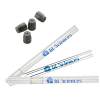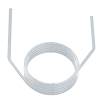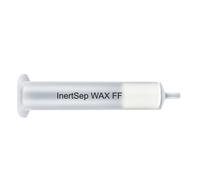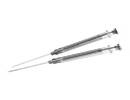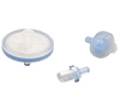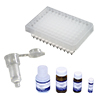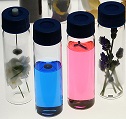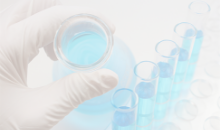5. Supplementary Information on Units Used in HPLC
Commonly Used Units in HPLC



Volume of Tubing

Large I.D. leads to peak dispersion between the injector and the column, and between the column and the detector. However, too narrow I.D. increases the system pressure. Choose proper I.D., depending on your purpose.
What is ppm?
“ppm” is the abbreviation of parts per million and stands for a concentration or a composition of a component. In the same way, “ppb” and “ppt” mean parts per billion and parts per trillion,
respectively. In general, the weight ratio is used for liquids and solids, whereas the volume ratio is used for gases. 1 ppm corresponds to 1 mg/kg in the weight ratio and 1 cm3/m3 in the volume ratio. However, the specific gravity is often assumed to be 1 for aqueous solutions, and 1 ppm represents 1 mg/L in this case. For a given ppm, it is sometimes difficult to distinguish between the weight ratio and the volume ratio. Therefore, it is recommended to use SI units as much as possible.
What is ion exchange capacity?
The ion exchange capacity is divided into cation exchange capacity (CEC) and anion exchange capacity (AEC), and denotes how much ions the packing material can retain per unit weight. For HPLC packing materials, “meq (milliequivalents)/g” and “meq/100 g” are widely used. With SI units, the ion exchange capacity is expressed in “mmol/g” or “cmol/kg”. For polymer packing materials, “meq/mL” and “meq/L” are also used.






